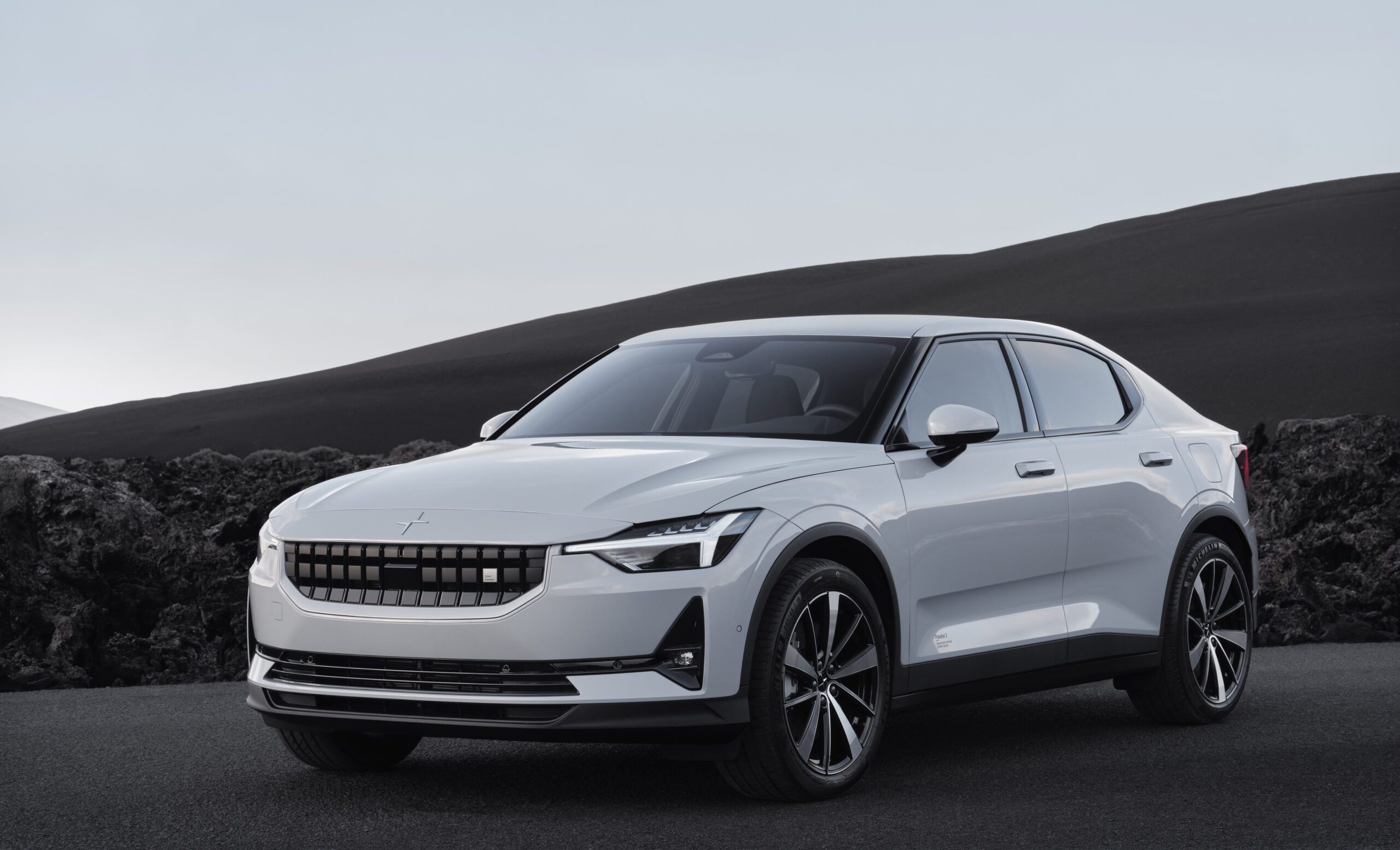The other day, while driving along the famed Woodward Avenue in Metro-Detroit, I came across a mysterious little car. Small, boxy and distinctly similar-looking to the Volvos of the very recent past, with nothing other than a small plus sign adorning the front of the hood, signifying any sort of branding. At first, I assumed that it was one of the many brandless test-drive cars sent out by any number of the Detroit-based automakers, whose identity you can usually guess under their form-fitting camouflage jackets if you stare at it long enough.
However, the maker of the car was a bit more intriguing. It was the second production car of Scandinavian electric automaker Polestar’s lineup, simply dubbed the Polestar 2. The brand was formerly known as the performance division at Volvo before rebranding in 2017, thanks to a joint venture between the Volvo Group and Chinese automaker Geely.
The Polestar 2 is the first fully electric car in a rapidly evolving lineup. The original Polestar (called the Polestar 1, of course) was a six-figure performance plug-in hybrid sedan that became quickly unavailable after its limited production of 1,500 cars quickly sold out. However, the Polestar 2 was developed with an entirely different ethos than its predecessor. Where the 1 is a large, high-performance statement-maker, with only 1,500 ever produced, the 2 is delightfully different: small, unassuming, slightly mysterious, yet pleasantly available to the masses.
In terms of specs, it’s not trying to prove anything to anyone. The car is available with either one or two electric motors. For those looking for an extended range, the single-engine front-wheel-drive option provides an estimated 270 miles, putting it within striking distance of the Tesla Model 3.
While the dual engine doesn’t provide quite the range at only 249 miles, it makes up for it with a more generous acceleration off the line with a 0-60mph of about 4.5 seconds. On top of the great range, Polestar claims that 40 minutes of charge on a 150kW fast charger can recharge a dead battery to 80 percent. The small Polestar 2 electric motor also puts out a reasonable amount of power, clocking in at 231 horsepower with 408 horsepower with 487 lbs-ft of torque for the dual engine model or 234 lbs-ft of torque for the single-engine.
The exterior is a beautiful study in minimalism, not dissimilar to its Volvo family members. In fact, the body of the car is a tasteful repurposing of a Volvo concept car, the Volvo Concept 40.2, which never made its way into the Volvo lineup.
The car’s little touches like the frameless side mirrors and the sprawling panoramic roof accentuate its pleasantly clean appearance. Aside from the unassuming logo that adorns both the front and back of the car, the Polestar 2’s slightly boxy form is devoid of branding and underscores the idea that a car doesn’t need to be complex to be beautiful.
The interior follows the same less-is-more philosophy as the exterior. The cockpit is enveloped in sustainable vegan fabric and the dashboard is made from recycled wood in neutral tones, however, there is the option for more decadent tanned Napa leather seats if one should desire. The infotainment system is centered around a no-fuss touchscreen control center powered by Google’s Android Automotive Operating System with a few key buttons like the hazard lights and pause/play button carefully installed underneath. The one aspect of the car that adds a hint of excitement and pizzaz is the crash-dummy orange seat belts, which is surely a comically self-aware way of the Volvo-associated brand to reference their proud history of vehicle safety.
In typical Volvo fashion, the car is very safe. It’s outfitted with numerous driving aids, including blind-spot monitors, road and speed limit alerts, and steering assistance for when a driver drifts off the road or into oncoming traffic. In addition, the car is equipped with a front that is designed to absorb energy in a head-on collision, inner-side airbags engineered for side impacts and an automatic post-collision braking system that protects the car and the driver from any more damage. All of these features are assisted by a host of cameras and sensors.
As far as pricing goes, the Polestar 2 is priced very reasonably. For the single motor version, the car starts at $47,200 and for the dual motor, it’s set slightly higher at $51,200 which is right in the ballpark of the Tesla Model 3 which starts at $46,600.
The Polestar 2 was designed to be a no-frills car for everyone, and it certainly succeeds. It’s not fast or flashy, but it’s incredibly beautiful for the money well worth it. The icing on the cake is that this is Polestar’s first attempt at an electric vehicle, so don’t be surprised if their next production vehicles keep getting better and better.





